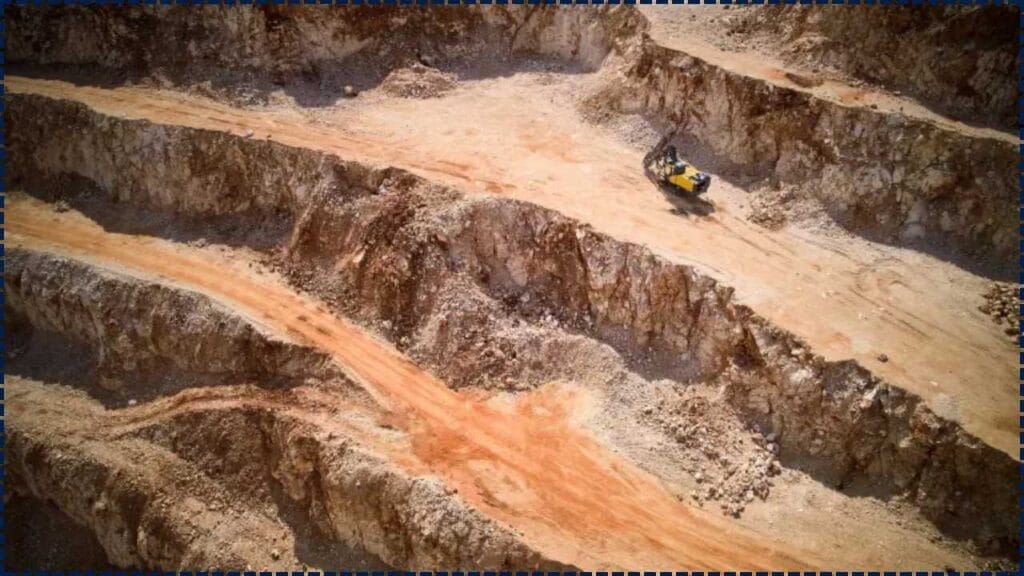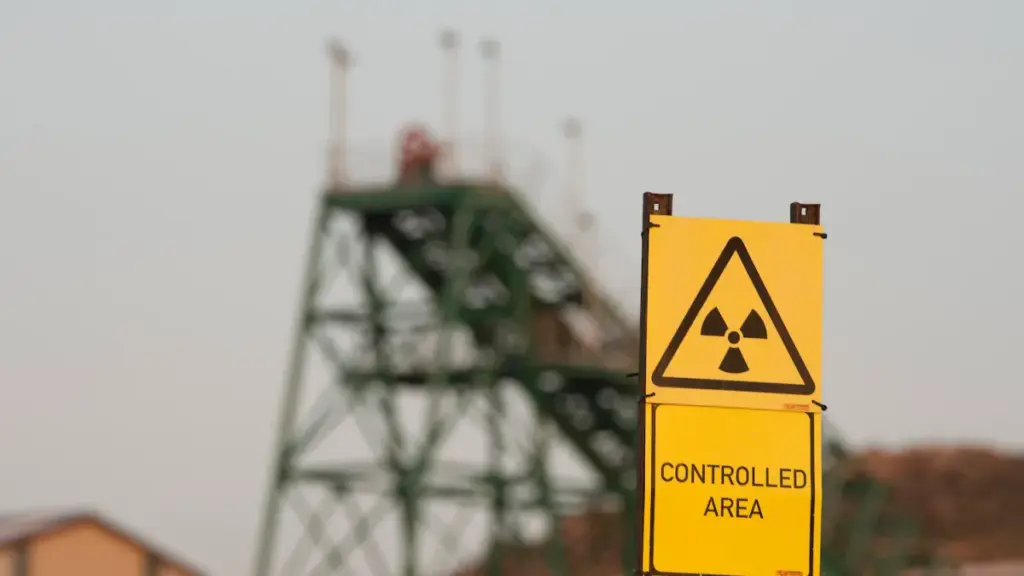Rare Earth Metals Explained: Why They Matter, Where They’re Found, and How China’s Monopoly Shapes Global Access—that’s the big picture. These 17 elements (plus scandium and yttrium) aren’t flashy, but they’re the unsung heroes inside everything from electric vehicles and smartphones to military gear and wind turbines. But here’s the kicker: China controls way too much of the supply chain.

Clean technology and resource security are heartfelt missions to power our lives while protecting our planet. From solar panels lighting schools to minerals fueling electric cars, these fields touch kids, families, and workers. Drawing from years of conversations with geologists, engineers, tribal leaders, and global strategists, this 2025 guide is simple enough for a 10-year-old to grasp, yet packed with data, insights, and tools for professionals in policy, industry, tech, and
Rare Earth Metals Explained
| Aspect | Details |
|---|---|
| What they are | 17 lanthanides + scandium & yttrium—vital for magnets, batteries, defense systems, and green tech |
| Natural abundance | Not scarce—but found in small concentrations, requiring heavy mining/refining |
| China’s dominance | Mines ~70% globally, refines ~90%, and makes ~95% of permanent magnets |
| China’s export leverage | Uses export quotas and licensing to influence U.S., EU, and Japan |
| Global alternatives | U.S., Canada, Australia, India, Greenland, deep‑sea, and recycling are stepping up |
| Risks & alternatives | Environmental damage in Myanmar; magnet‑free motor R&D growing; recycling rising |
| Career paths | Geology, engineering, ESG, policy, circular‑economy, next‑gen tech |
Rare earth metals are the quiet lynchpins of our modern world—without them, we couldn’t make EVs, wind farms, MRIs, or smartphones. China’s dominance gives it global leverage—and leaves geopolitical gaps. But the solution is clear: build diversified supply chains, prioritize recycling, invest in alternative technologies, and ensure ethical mining. That way, we empower communities, protect the planet, and guard our progress.

What the Heck Are Rare Earth Metals?
Rare earth metals, despite their name, are common in the Earth’s crust, but they’re hard to find in concentrated forms that are easy to mine. These 17 special elements, along with yttrium and scandium, are vital for everyday technology—from electric vehicle (EV) motors to smartphones, wind turbines, and medical devices. In 2025, they power our world while calling us to care for communities and the planet with heartfelt responsibility. Here’s a simple, human-focused guide to their importance and our shared duty.
They’re essential for:
- Neodymium & dysprosium: high-strength magnets in EVs and wind turbines
- Lanthanum, cerium: used in precision optics and emissions control
- Europium, yttrium: essential for LED screens and medical imaging
- Scandium: lightweight aerospace alloys
Why They’re a Big Deal
Tech Dependence
Modern tech absolutely needs rare earths—EVs, medical scanners, drone tech, even smartphones rely on them.
No Substitutes
You can’t just swap them with aluminum or copper—rare earths have unique magnetic and optical properties that other metals can’t mimic.
China’s Heavy Hit
Production Monopoly
China mines about 70% of rare earths and processes 90% of the world’s refined output. They also produce 95% of the permanent magnets needed for EVs and defense systems.
Export Control
China uses quotas, licensing, and tax tools to block or shape supplies—leveraging rare earths in geopolitical negotiations with the U.S., Europe, and Japan.
Global Moves to Build Resilience
Rebooting Western Mines
Mountain Pass in California, revived by MP Materials, provided 15.8% of global supply in 2020. Lynas in Australia partnered with Malaysia for refinement.
New Mines & Recycling
Canada and Greenland are developing new rare-earth projects. Countries are exploring seabed nodules as a backup. Recycling capacity is growing, but still small.
Tech Alternatives
BMW, Renault and others are testing electric motors that don’t need rare earth magnets—if successful, that could cut long-term demand.
Environmental & Ethical Risks
Dirty Mining
In Myanmar, rare-earth mining has caused soil and water poisoning. Some Chinese mines still release radioactive waste.
Cleanup Demands
Mountain Pass is implementing environmental remediation. Future projects must include water filtration, land reclamation, and zero-discharge protocols from planning through operation.
Related Links
Confirmed: Massive “White Gold” Discovery in Nevada Could Reshape America’s Energy Future
Most Valuable Elements in the World That Surpass Gold in Price
Rare Earth Metals Explained Guide to Breaking the Monopoly
- Build Strategic Mines & Refineries: Support projects in the U.S., Australia, Canada, and Malaysia to reduce China’s control.
- Expand Recycling: Back end-of-life collection programs, refine processes, and offer incentives for recycled material use.
- Support R&D: Invest in next-generation magnet-free motor design to ease material dependency.
- Mandate ESG Quality: Require all rare-earth projects to have transparent ESG plans, tribal engagement, and disaster bonding.
- Align Trade & Security Policies: Create strategic reserves, diversify trade partnerships, and invest in reprocessing hubs.
Career & Industry Opportunities
- Geologists: Prospect in new global projects
- Mining Engineers: Build low-impact extraction systems
- Materials Scientists: Develop magnet alternatives
- Recycling Experts: Close the loop on rare earth use
- ESG Strategists: Implement community-based mining standards
- Policy Analysts: Navigate trade, security, and sustainability policy
FAQs
Q1: Are they truly rare?
Not in the earth’s crust, but they’re hard to find in concentrations that make mining worth it.
Q2: Can’t other countries just pick up the slack?
They can, but building mines and refineries takes years, billions, and strong environmental oversight.
Q3: Is recycling enough to replace mining?
Not yet—but recycling could cut new demand by up to 40% with proper scale-up and policy support.
Q4: What about magnet-free tech?
Progress is being made, but it’s still in development. Scaling and durability remain challenges.
Q5: How does this affect me?
Less reliance on China means more stable prices for vehicles, gadgets, defense tech—and more local job and investment opportunities.








